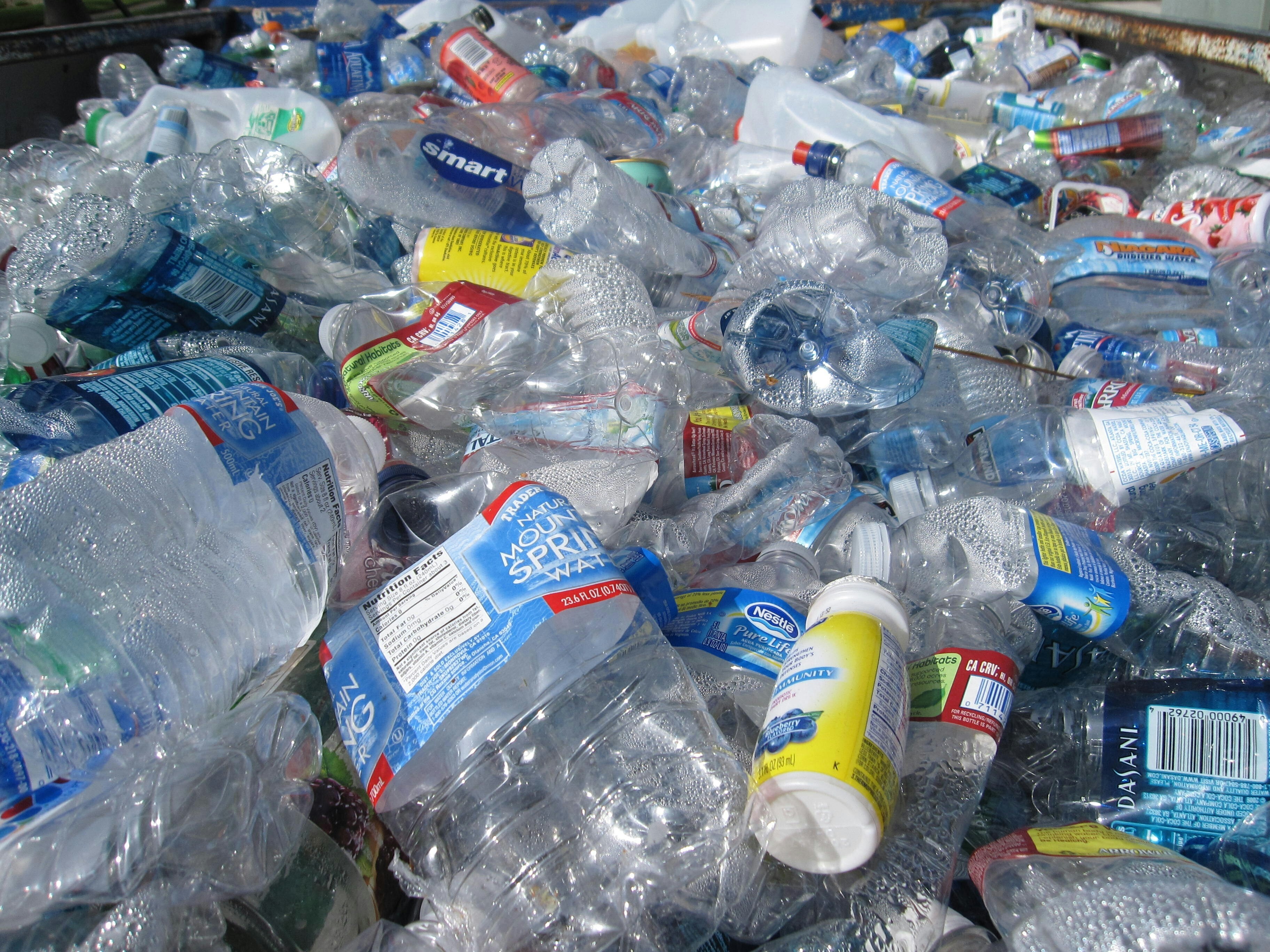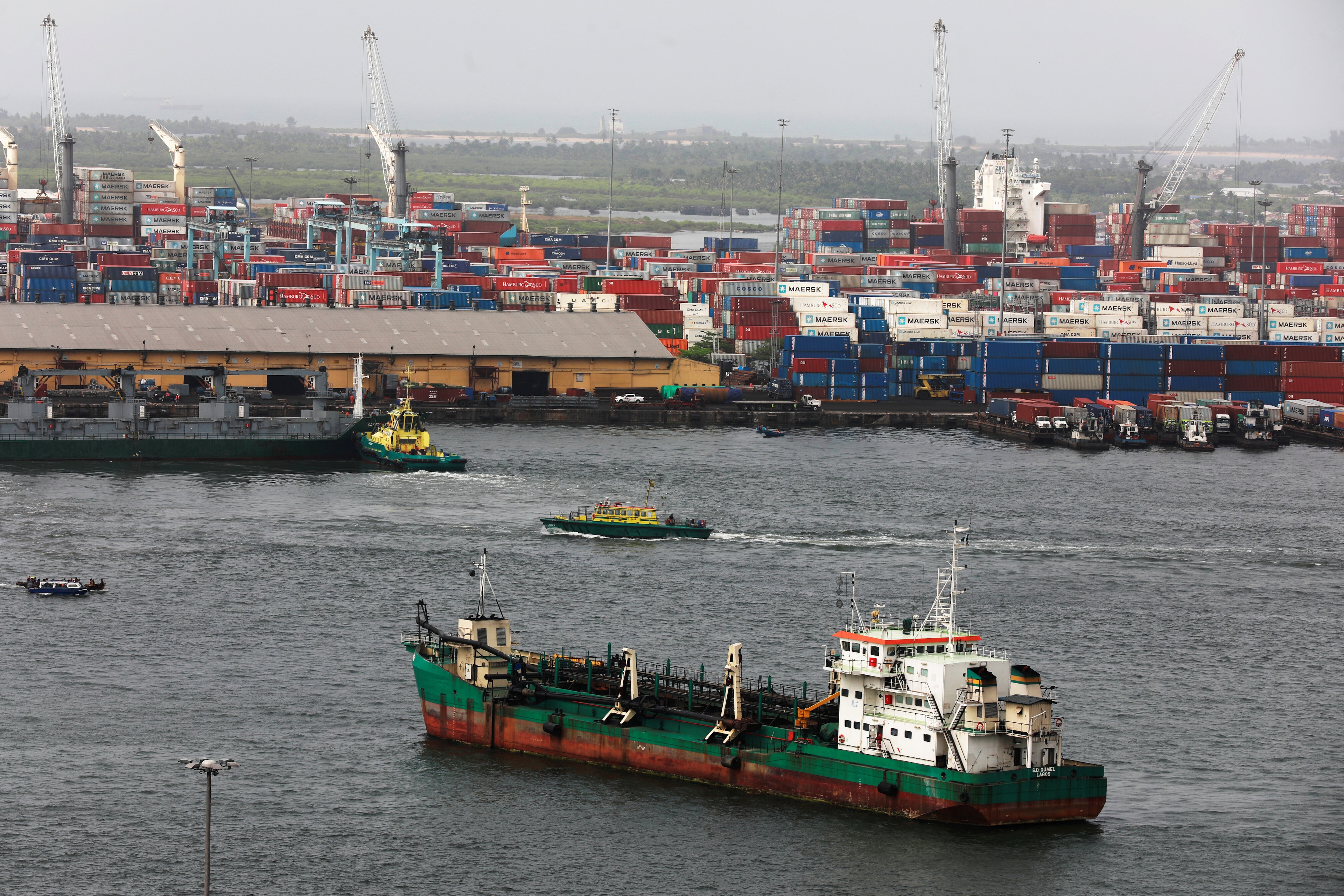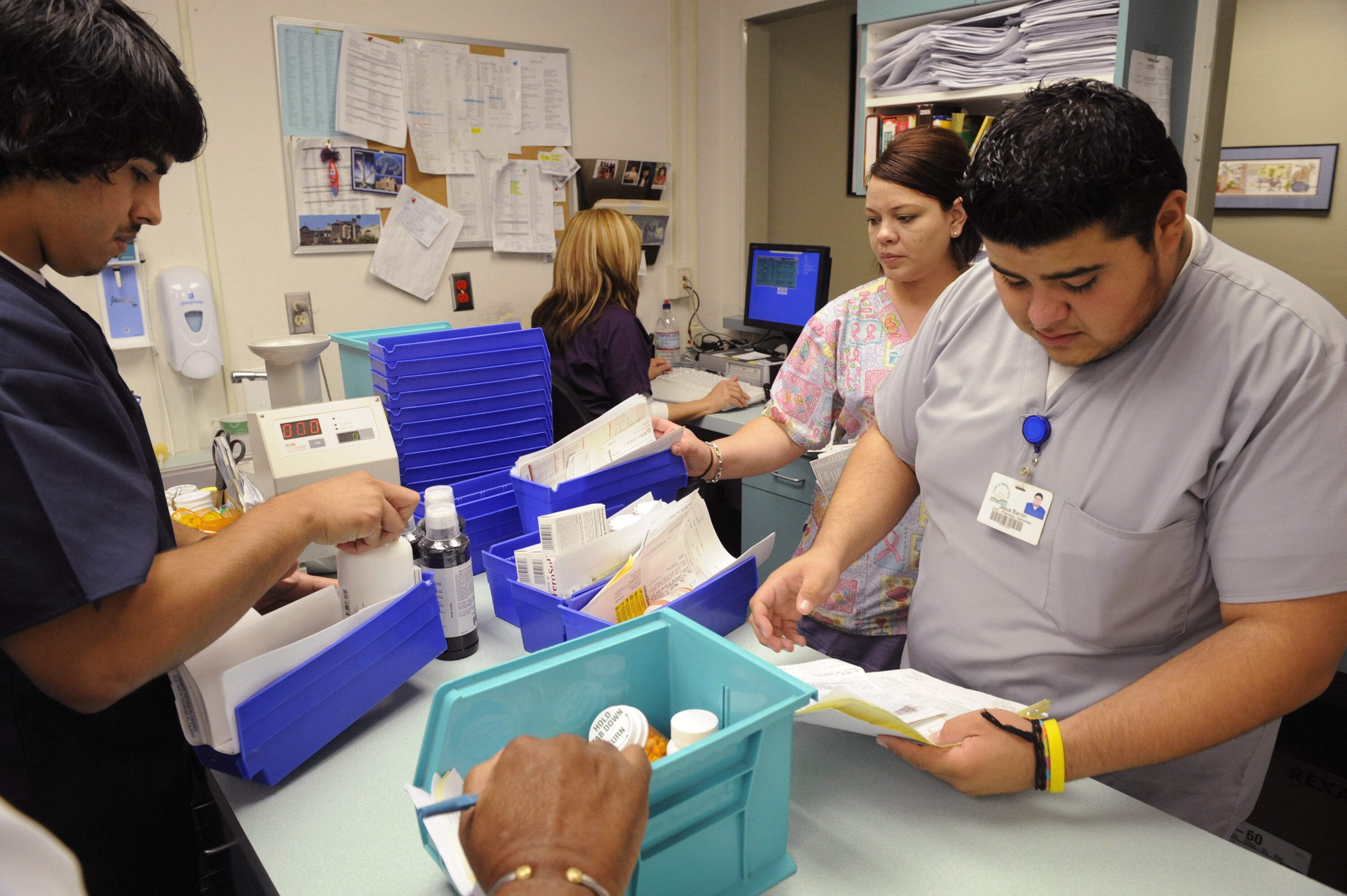The scientific reason Europe is incredibly cold and snowy this week

Europe has been hit by unusually cold weather this week due to warming weather in the Arctic.
Image: REUTERS/Remo Casilli
Stay up to date:
Arctic
Europe is in the grip of a cold snap, which has sent temperatures plunging below their usual late-February levels, and sparked heavy snow showers in unusually southerly spots like Rome.
The frigid temperatures, according to weather scientists, are actually the result of unseasonably warm weather elsewhere, which helped set the conditions for Europe's cold.
An Arctic blast from Eurasia — dubbed the "Beast from the East" — is currently plunging England and Wales into its coldest weather in 27 years, the UK Met Office said. Rome was hit by a rare snow storm over the weekend.
According to The Guardian, at least three people have died from the cold weather in Lithuania, where temperatures are as low as -15 degrees Celsius (5 degrees Fahrenheit).
The reason behind this phenomenon is the unusually warm weather over the Arctic this year, scientists say.
Temperatures in the region are around -8 Celsius (17.6 Fahrenheit). That sounds cold, but it's around 20 Celsius (36 Fahrenheit) higher than the average this time of year, Reuters reported.
This graph shows the unusually warm weather over the Arctic this year:
As a result, sea ice in the region is at a record low. The warmer environment this creates allows cold air from the north to stream south across Russia, Scandinavia, and over the European mainland.
The Arctic blast across Europe is partially due to a split in the polar vortex, a low-pressure zone near the North Pole that keeps cold air in polar region separate from areas further south.
As Mashable put it: "It's as if someone opened the planet's refrigerator door, causing the cold air to drain out of the normally frigid region, bringing cold to the Western US and Eurasia but leaving the air within the fridge itself unusually warm."
Lars Kaleschke, a sea ice professor at the University of Hamburg, noted the existence of open water above Greenland, where the thickest sea ice of the Arctic should be.
He said: "It is not refreezing quickly because air temperatures are above zero [...] Wacky weather continues with scary strength and persistence."
Professor Kaleschke told Reuters: "The question is whether this weather will happen more often. This is just one event so it's hard to make a causal relationship."
Accept our marketing cookies to access this content.
These cookies are currently disabled in your browser.
Don't miss any update on this topic
Create a free account and access your personalized content collection with our latest publications and analyses.
License and Republishing
World Economic Forum articles may be republished in accordance with the Creative Commons Attribution-NonCommercial-NoDerivatives 4.0 International Public License, and in accordance with our Terms of Use.
The views expressed in this article are those of the author alone and not the World Economic Forum.
Forum Stories newsletter
Bringing you weekly curated insights and analysis on the global issues that matter.
More on Climate ActionSee all
Swathi Seshadri
September 19, 2025
Keith Svendsen
September 18, 2025
Eric White and Patrick Verkooijen
September 18, 2025
Eric White and Elia Tziambazis
September 18, 2025






